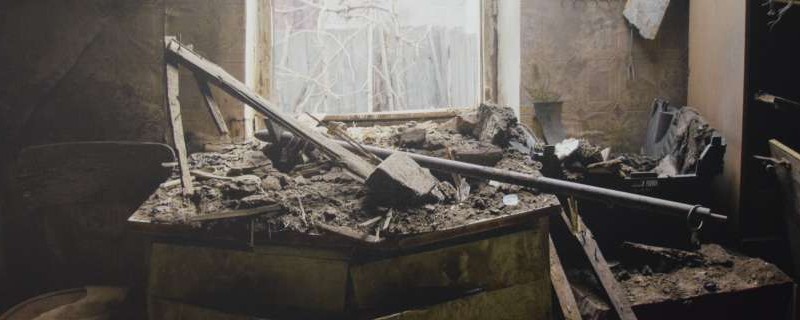
The exhibition What Is Your Name? has opened in Kyiv, in MYSTETSKY ARSENAL. It tells us not only about the problems that the internally displaced persons deal with, but it also highlights the problem of refugees in general.
The exposition acquaints visitors with multiple stages that the displaced people had to experience: leaving their homes, the road to the unknown place and, ultimately, nostalgia for pre-war life.
 At the exhibition What Is Your Name?
At the exhibition What Is Your Name?
The exhibition is presented by photos, videos, children's drawings, and movies. Their authors are not only Ukrainians. We have works of artists from abroad. In particular, here you can see a photographic series of the British photographer Richard Ansett Mother and Child.
 The work of Richard Ansett of the photographic series Mother and Child
The work of Richard Ansett of the photographic series Mother and Child
The first visitors of the exhibition were representatives of art and those whose work or social activities related to the internally displaced persons.
Marharyta Kramushka, for example, works in the Polilog project. She came to the exhibition because the topic is directly related to her work, but she believes that the problem of migrants relates to every Ukrainian citizen:
 Marharyta Kramushka
Marharyta Kramushka
"First of all, [I came here] for myself, but, of course, and for the reasons of work.”
Marharyta notices that the problem of migrants does not sound very prominently, but it's really good that such projects are emerging.
 The exhibition presentes many children's works
The exhibition presentes many children's works
"This is actually a big problem. And, unfortunately, some day all of us coulf become internally displaced persons,” she says.
Since the exhibition is a continuation of an international conference which is dedicated, in particular, to the problems of integration of immigrants in the local communities, we ask Marharyta Kramushka whether they manage it:
 Paper House with children's drawings
Paper House with children's drawings
"Those displaced people who care, who are proactive, and interested in their development and recovery in a new role, yes, they manage to cope with [challenges]."
The artist Alevtina Kakhidze was born in Donbas. She recalls how the people of Zhdanivka were intimidated. At first, people were told that with the arrival of the Ukrainian army they will not be allowed to speak Russian, then the "horror stories" about the Pravyi (Right) Sector became widely known. And when that did not work, the propagandists started to speak of dangerous extraction of shale gas, which supposedly should have been used in the region.
 Alevtina Kakhidze
Alevtina Kakhidze
We ask her if it is possible to convey to Ukrainians through art what actually happened in the spring of 2014 in Donbas. What made some people pick up weapons and the others - leave their own homes.
"Art does not change life directly. It changes an opinion about the world or idea about the world, what it could be; it gives you a vision. For example, how you can work with some sort of problem?. These are not direct guidances but ways of overcoming problems. The issue is that: the one who is the creator, initiator of the project, he or she is very much going through that inside, it really varies. And there is another question: would a spectator who came to the exhibition, be not passive and willing to relate his or her experience to the suggested experience," Alevtina Kakhidze says.
 Map of memories about the city, the project Donbas Odyssey
Map of memories about the city, the project Donbas Odyssey
The exhibition will last until December 25. It also contains film program, you can find the details on Mystetsky Arsenal website.